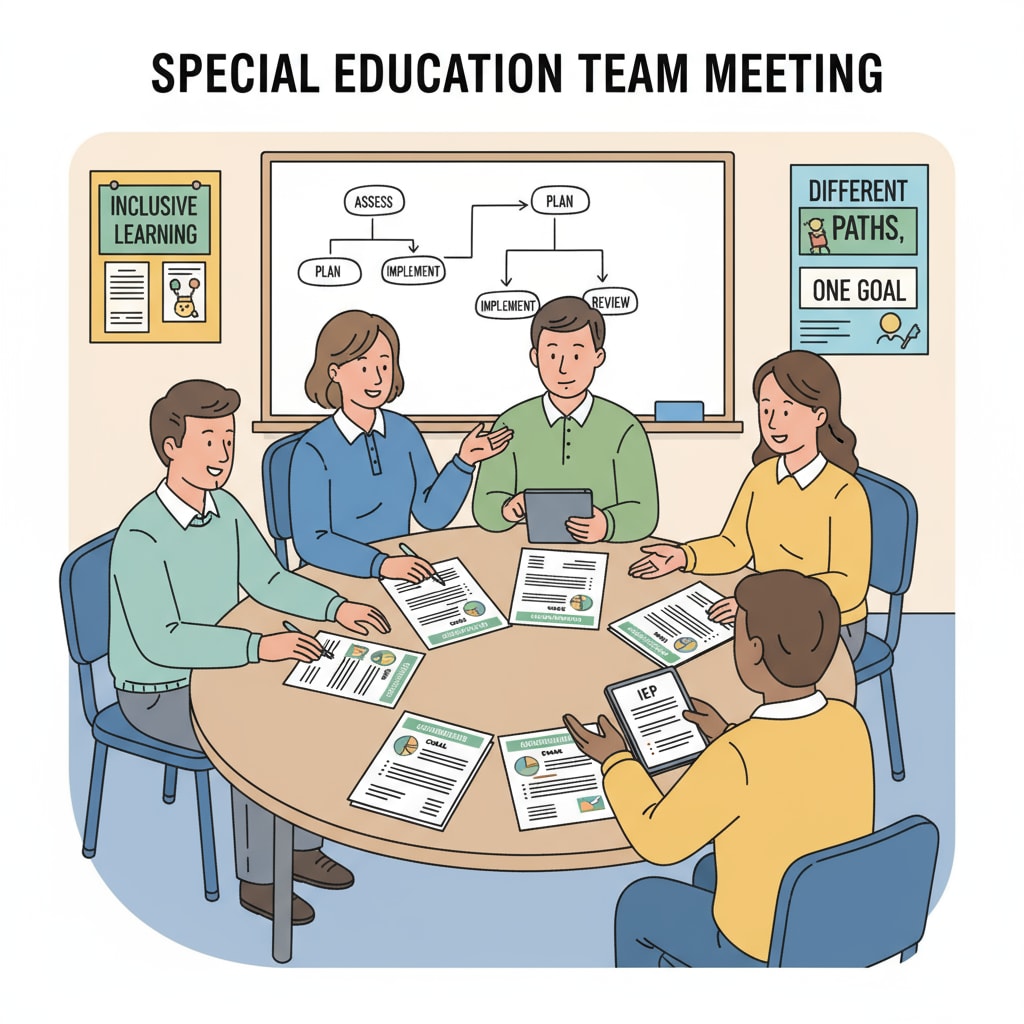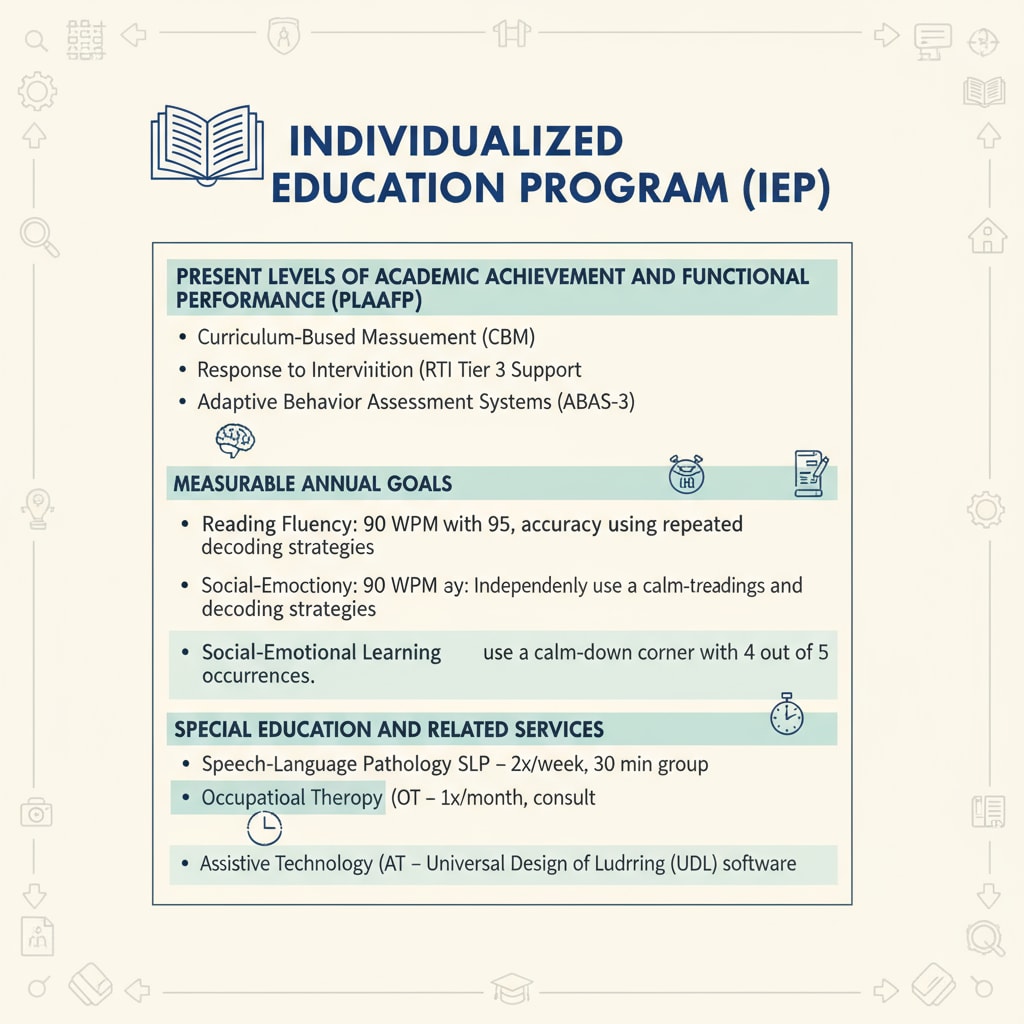Special education teaching assistants often grapple with reading comprehension difficulties when it comes to Individualized Education Program (IEP) documents. These documents are crucial for providing appropriate support to students with special needs. However, understanding them can be a complex task.

The Complexity of IEP Documents
IEP documents are filled with educational jargon and specific terminology. For example, terms like “least restrictive environment” and “functional behavioral assessment” can be confusing for teaching assistants. According to Understood.org, these complex terms are designed to precisely define a student’s needs and the services they should receive. But for those new to special education, they pose a significant hurdle. In addition, the legal and regulatory language used in IEP documents makes them even more difficult to understand.

Factors Contributing to Comprehension Difficulties
One major factor is the lack of proper training. Many teaching assistants may not have received in-depth training on how to read and interpret IEP documents. Another factor is the individualized nature of each IEP. Since every student’s needs are unique, the documents vary greatly, making it hard for assistants to develop a standard understanding. Moreover, time constraints can also play a role. Teaching assistants often have many responsibilities, leaving them with limited time to thoroughly study these documents. As a result, they may miss important details.
Strategies for Better Comprehension
Firstly, seek professional development opportunities. There are numerous workshops and online courses available, such as those on Council for Exceptional Children (CEC) website, that can enhance understanding of IEP documents. Secondly, collaborate with special education teachers. They have more experience and can offer valuable insights. Thirdly, break down the document into smaller sections and take notes while reading. This can make the information more manageable. Additionally, create a glossary of common terms to refer back to when reading future documents.
Readability guidance: In this article, we have used short paragraphs to present information clearly. For instance, in the section about factors contributing to comprehension difficulties, we have listed the factors in a straightforward manner. The use of transition words like “moreover” and “additionally” helps to connect ideas smoothly. Each H2 section has provided key points in a concise way, and we have limited the use of passive语态 and long sentences to ensure readability.


